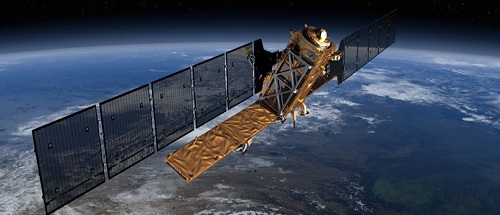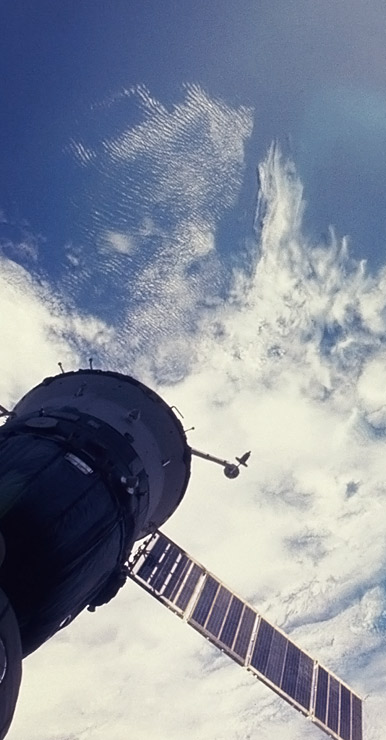On Monday 25 April, at 23h02 (UTC), the European Sentinel 1-B satellite was placed in orbit by a Soyuz launcher from the European space port at Kourou in French Guiana. CLS, a subsidiary of CNES, ARDIAN and IFREMER, will soon be receiving its data thus enabling it to keep the planet under surveillance. It does this by detecting marine pollution and illegal fishing boats, observing sea conditions (wind and wave height) at a high resolution, detecting typhoons, icebergs which are a threat to skippers taking part in major yacht races or solo attempts to break records and monitoring ground movements to within a millimetre. CLS provides all these applications and services to its customers around the world.
RADAR EXPERTISE: USEFUL PRODUCTS AND SERVICES, DELIVERED ALL OVER THE WORLD
With almost 20 years of experience in radar observation, CLS will be using its VIGISAT station (which acquires and processes high resolution satellite radar images) as well as its satellite data processing systems to create products from the images taken by the Sentinel 1-B satellite. Starting with these raw images, CLS develops new solutions for protecting the planet, its environment, biodiversity and inhabitants.
The information is then combined with that from more than 130 other satellites used by CLS to provide surveillance services to administrations and international organisations but also national, regional and local authorities and private companies in the energy sector. These include:
- POLLUTION DETECTION : CLS detects oil spills by using satellite radar images, determines the drift trajectories of oil slicks to identify polluters and the possible source of the pollution and finally, supplies the detection report. A REFERENCE: The European Maritime Safety Agency for the southern European zone.
- SURVEILLANCE OF GROUND MOUVEMENTS : CLS uses radar images to monitor ground shifts to within a millimetre and subsidence phenomena around oil and gas extraction fields, to detect the first signs of landslides in open pit mines and also to measure the impact of the building of major infrastructures, such as metro lines, on neighbouring structures.
- OBSERVATION OF WIND, WAVES AND TYPHOON CONDITIONS: CLS plots high-resolution calculations of wind speed and direction and produces a wind atlas. A REFERENCE: The Riso National Laboratory for Sustainable Energy, Technical University of Denmark. It also detects and observes sea swell patterns. A REFERENCE: European Space Agency. Furthermore it detects extreme weather phenomena and produces high-resolution products. A REFERENCE: research and development to date.
- DETECTION OF ICEBERGS THREATENING SKIPPERS IN MAJOR OFF-SHORE YACHT RACES: The company detects icebergs lying in wait for skippers, by means of radar and altimeter imagery, it also models iceberg drift and provides assistance to race managers to ensure safe routes for skippers. A REFERENCE: Vendée Globe, Barcelona World Race, Trophée Jules Verne.



